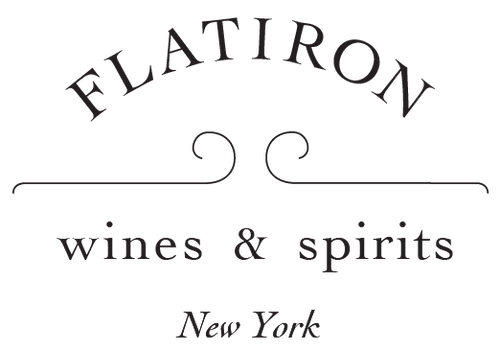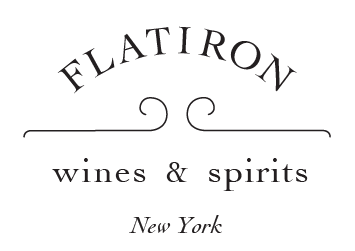
Luxury Burgundy Wine for All: Lafarge's Iconic Passetoutgrains
Perhaps the only thing we love more than Burgundy Pinot Noir is Burgundy Pinot Noir blended with Gamay, a style of wine known as Passetoutgrains. The best examples combine the elegance and structure of Pinot Noir with the playful, juicy character of Gamay — truly the best of both worlds.












